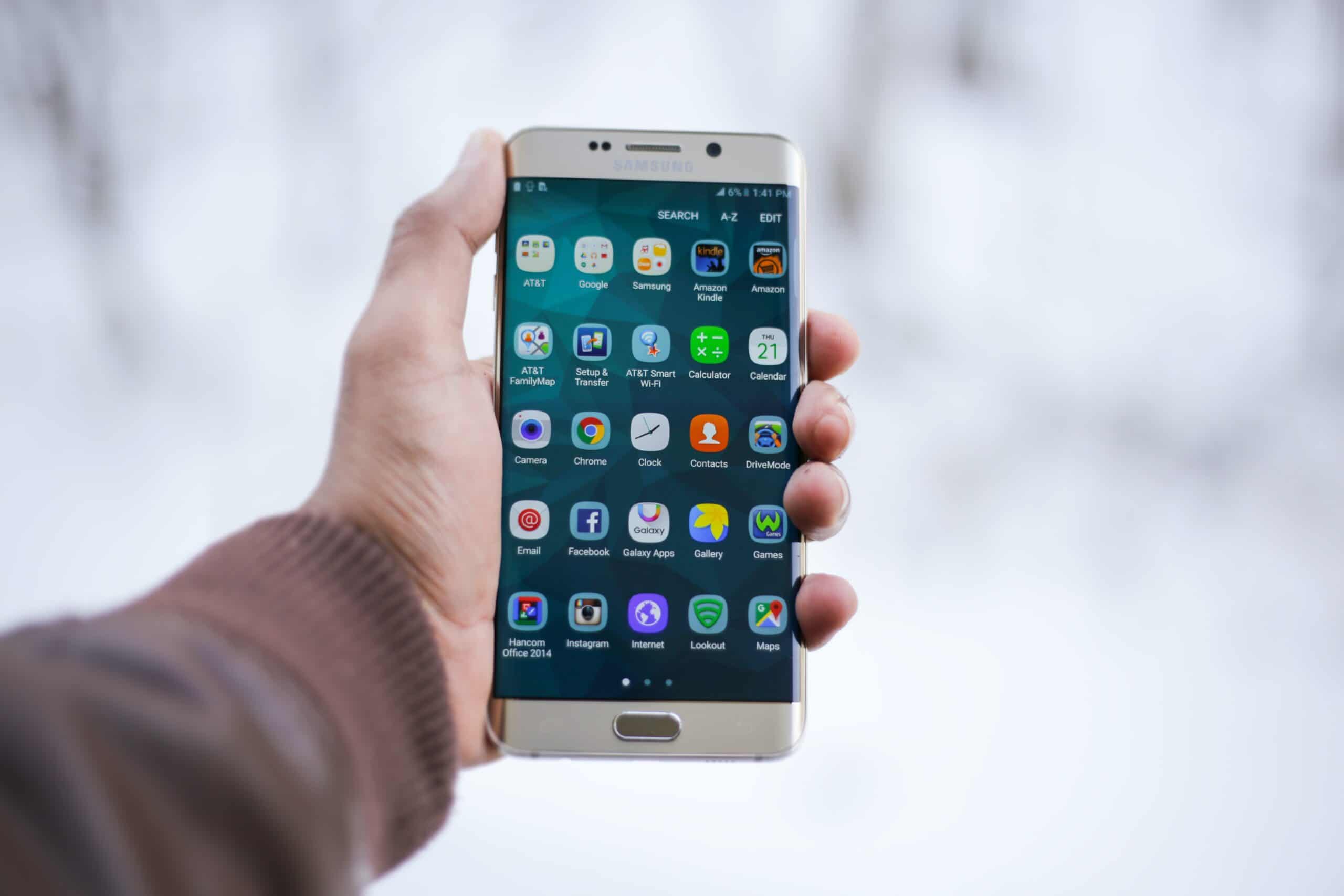Monetization is what any developer cannot go without. No monetization – no profit. So, we’ll tell you about several options for desktop monetization. Let’s dive into it.
Free Apps with Ads
This is the most popular mobile app monetization model – users are eager to download free apps. Publishers get profit from showing ads. The key to such a strategy is to make it well-targeted and useful. To do this, you need to collect user data: location and behavior in the application. Frequent, intrusive ads annoy users – you need to balance the quality and the number of ad impressions.
Minuses:
- Blocking ads. If a user has an ad-blocking app installed on their phone, advertisers will be at a loss.
- Annoyed users. Who will love the distracting banners and pop-up notifications?
- If the ad placement is poorly implemented, it can distract attention from the user experience in the app.
This monetization model is suitable for you if:
- There are no organic shopping options in your app.
- You regularly collect data about user preferences.
- Ads will not spoil the UX of your app.
- You want to be part of a profitable and growing advertising industry.
Example: Shazam. At first, Shazam made a profit by providing services: after recognizing the music, the user received links to the iTunes or Spotify store. Important: if you have chosen the Free monetization model, you can no longer change it to Paid. To do this, you need to create a new application with a different name.
Freemium (free application with the ability to unlock additional functions for a fee)
Freemium provides users with a free application with basic functionality. The user gets more options for an additional fee. The success of this strategy depends on the number of loyal users in the application willing to pay for the next tier.
Advantages:
- It can be used in all types of applications.
Minuses:
- The free version can not always fully demonstrate the benefits of the application and motivate the user to buy.
Example: Tab Pro: #1 guitar tab service. The application is a database of tablatures with many useful functions for guitarists. The Tab Pro developers use two ways to monetize: a monthly subscription (read on for this strategy) and a one-time purchase of additional features. Periodically, the user is offered to buy the full version with a limited-time discount.
Mobile retail
This monetization option is called m-commerce or mobile commerce. It evolved naturally from e-commerce and is an excellent strategy for selling goods and services to retail stores.
The mobile application helps the business to expand its sales channels. Customers use smartphones to buy clothes, shoes, accessories, software, hardware, airline tickets, rent cars, and hotel rooms.
Advantages:
- For a mobile application, you can use existing server systems.
- The ability to work with affiliate programs and advertisers for additional income.
- Mobile apps show sales volumes higher than mobile sites.
Minuses:
- The costs of designing and developing a mobile application are justified only with large volumes of online sales.
- The mobile application must be flawlessly user-friendly; otherwise, customers will go to competitors.

Paid application
Aspiring app publishers start calculating sales revenue even before a project is launched. In reality, in order to be noticed, an application needs to get into the TOP-200 of paid applications. This is a daunting task – the chart leader list has only changed 2% since 2012.
Advantages:
- Earnings in the amount of 70% of the price of the app in the app stores.
- Lack of ads that get in the way of users.
- If a user has bought an application, it is more likely that they will use it regularly.
Minuses:
- High level of competition among paid apps.
- A large number of popular free applications.
- Significant investment is required to get into the TOP.
Example: Noisli. The app helps you relax or focus on work with nature sounds and color combinations.
App with subscription
The strategy involves selling helpful content in the app. The user gets access to the information of interest after subscribing. Content for sale can be any object within the application: movies, books, news, music, educational videos.
Advantages:
- If users are willing to pay for the content, they will most likely become regular subscribers and visitors to the application.
Minuses:
- High costs for keeping the server working.
- This monetization method is suitable for highly specialized, niche applications.
Example: Netflix.
Trial apps
There is one more variation – a subscription with a trial period. This strategy allows users to test features and make a subscription decision.
A bonus: SDK
Using SDK is a great choice to make money out of users’ data. As a rule, this approach can be easily combined with other monetization strategies. There are plenty of SDKs for monetization on the market. We recommend Infatica for software monetization: easy installation, flawless operation, increased income.
Conclusion
Whichever method of monetization you choose, remember that the application must be in demand and convenient. Only in this case will it find its users and bring you profit.




